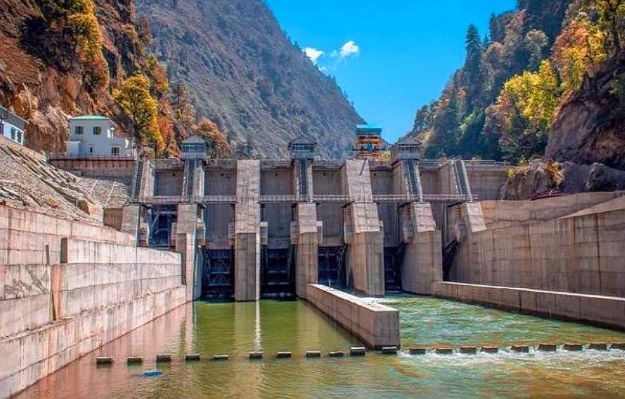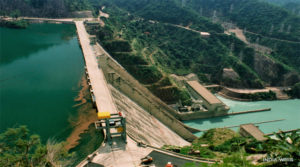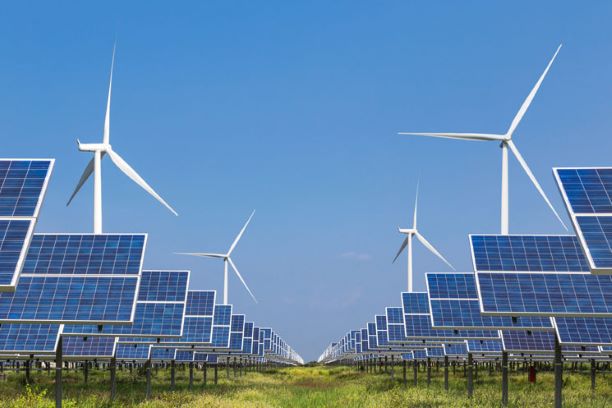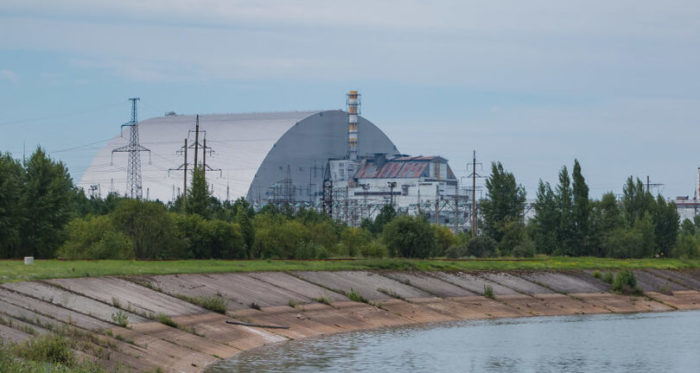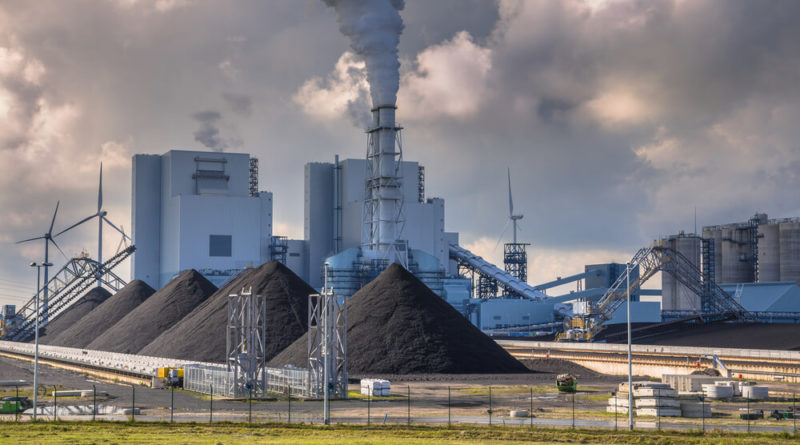Ease of Ignoring Environment Concerns. Coal Mining Stands To Benefit Most
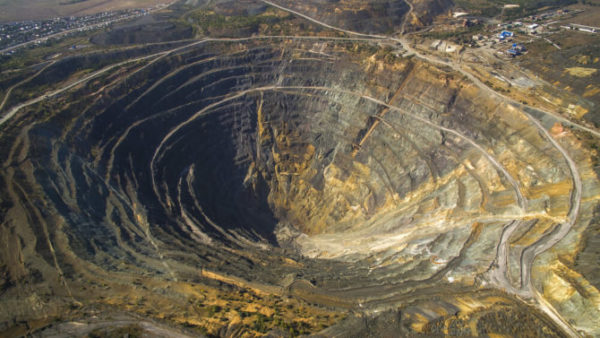 Digging Deeper
Digging Deeper
The revised version of the Environment Impact Assessment Notification 2006, which was issued to lay down rules for environment clearance of industrial projects makes for some worrying intent. The EIA notification itself was brought out to replace the EIA rules 1994, after they were considered outdated for a new reality.
Without any major effort to take care of misgivings about the existing processes, the zero draft of the notification goes ahead and eases the process for expansion of production, especially for resource-extracting firms. Among the biggest beneficiaries could be, not surprisingly, coal mining, which continues to exert a magical pull when it comes to getting rules changed in its favour.
It may be noted that the purpose of the notification originally was to cover the mining of coal or other minerals, coal-related work like washeries, thermal power plants, nuclear power plants, infrastructure development, hydropower projects, real estate projects, and other industrial projects including tanneries. These projects are supposed to be assessed on their potential impact on the environment clearance by relevant committees.
The issue with the present zero draft is that rather than strengthening the present 2006 notification in use, it seems to be focused on a sloppy effort to ‘ease’ business dealings with the environmental ministry, notably by making expansion almost automatic for key existing industry categories, notably coal mines, that had received an environment clearance under the 2006 notification rules. While even the implementation of those rules is debatable, the interesting thing here is that the new notification seemingly ignores subsequent improvement in understanding when it comes to the damage, and cost of the degradation coal mining causes, for instance. By allowing ‘instant’ permission for expansion, it simply shuts out the possibility of measures these mine owners, especially the largest of the lot, Coal India Limited, should be taking to mitigate the damage they cause to the mining regions.
There has been a conscious, and some would say laudable effort to delegate permission for other sectors like construction, minor minerals etc to ‘local authorities’. But a separate perspective on this remains that local authorities are even more susceptible to gaming by business interests. Worse, key provisions like monitoring of projects, which have been held up as a key weakness all through, continue to be ignored, wilfully, one would say.
District-level environment impact assessment authorities have been proposed, a matter already being dealt with in the National Green Tribunal. A matter that is in the NGT precisely because of the threat of capture of these potentially critical bodies by vested interests. Consider how even the capital Delhi, besides other key state capitals have seen local authorities merrily enable the unchecked change in zoning norms, leading to congestion, pollution and worse.
Experts have already highlighted how the 2019 zero-draft continues to keep projects related to drinking water, water supply, flood control, riverfront development, river navigation related project and river dredging out of the environmental clearance process despite them having serious environmental costs. These are precisely the policies that have brought the country to the brink of an environmental disaster, when it comes to its groundwater resources, for example.
The love for hydro projects also continues, despite a caseload of evidence against it. From an earlier limit of 50MW, the new limit of 75MW is proposed for environmental clearance of such projects. This, at the same time as the inclusion of large hydropower projects in the country’s renewable energy basket, portends a grim determination on the part of the powers that be to push hydro, long term consequences and immediate protests be damned.

